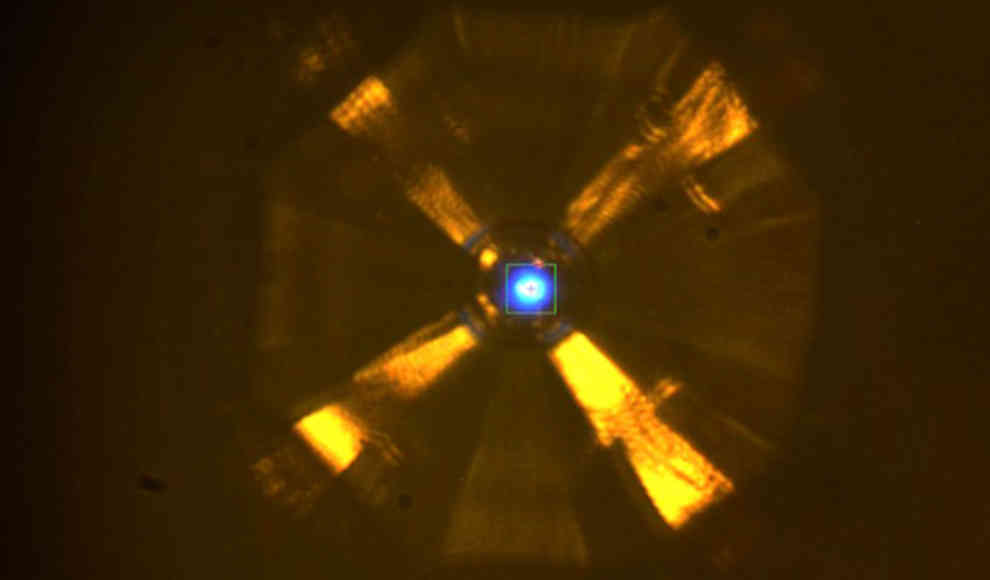Scientists at the Max Planck Institute for Chemistry in Mainz have developed a new superconductor that functions at minus 23 degrees Celsius, breaking the previous record of minus 70 degrees Celsius. The discovery, published in the journal Nature, could pave the way for superconductors that work at room temperature, enabling more efficient electricity transport and reducing the need for power plants and associated CO2 emissions. While there have been some experiments with superconductors in urban power grids, the need for cooling has made them expensive and impractical. The new superconductor is made from lanthanum hydride, which was subjected to a pressure of 1.7 million times the atmospheric pressure on Earth.
Superconductors are materials that have zero electrical resistance above a certain temperature, known as the critical temperature or Tc. The previous record for Tc was held by a ceramic material with copper components, which had a Tc of minus 135 degrees Celsius. The new superconductor was created by synthesizing small amounts of lanthanum hydride, which was then subjected to high pressure and gradually cooled until its electrical resistance dropped to zero at minus 23 degrees Celsius. The researchers also tested the external magnetic field, which shifts in superconductors, to confirm their findings.
The discovery could have significant implications for energy efficiency and sustainability, as superconductors could enable more efficient electricity transport and reduce the need for power plants and associated CO2 emissions. The researchers are now working on further experiments to test superconductivity in yttrium hydride, which they hope will have an even higher critical temperature. While the new superconductor is still far from being practical for everyday use, it represents a significant step forward in the development of superconductors that work at higher temperatures and could revolutionize the way we generate and use electricity.










